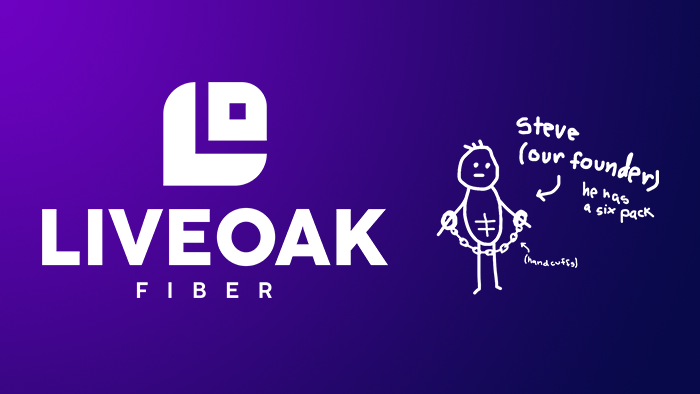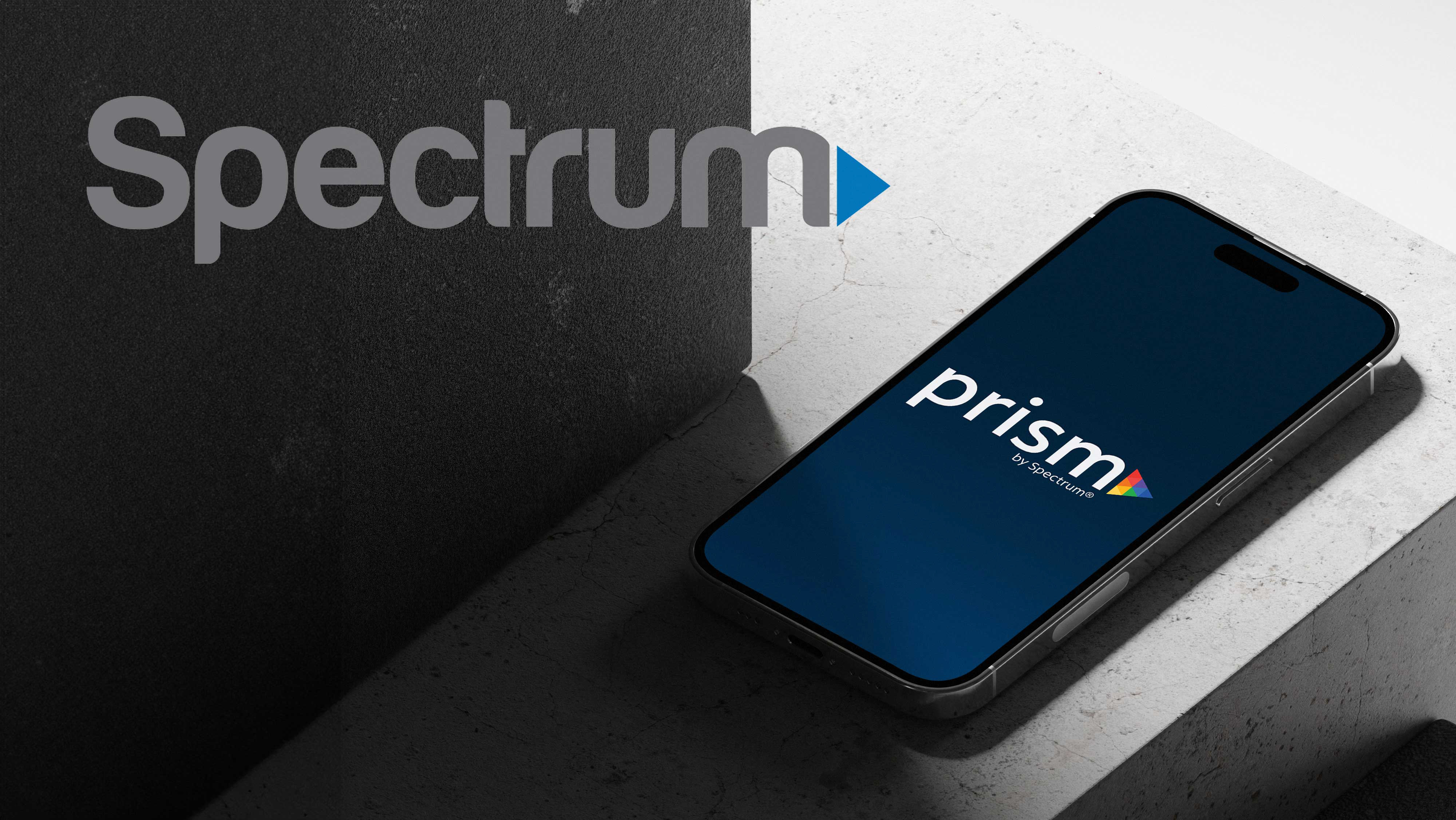GOOGLE MAPS FEATURE
Project Type Add a Feature
Role Researcher & Designer
Tools Figma
The Project
To address a common user issue, I proposed adding a feature to Google Maps that allows users to create a schedule for a specific day, including addresses and arrival times. This feature would notify users when it is time to leave to reach their next destination on time, ensuring a seamless and punctual travel experience. I researched, designed, and tested the product.
BACKGROUND
Google Maps offers numerous useful features, yet it doesn't fully address the diverse needs of all users. For instance, stay-at-home moms and busy students often require tools to help them stay punctual for various events. With multiple activities scattered across the city, ensuring timely arrivals can be challenging.
SECONDARY RESEARCH
Competitive Analysis
Route planning apps such as Google Maps, Apple Maps, and Waze allow users to add stops to a trip. Apps such as Waze only allow two stops to be added at a time. Apple Maps allows users to create collections with places. However, none of them allow users to schedule a full day with dates and times.
PRIMARY RESEARCH
Questions
•If you have numerous activities in a day at various locations, how do you keep track of when you need to leave to arrive on time?
•How often do you have days that involve multiple errands/appointments?
•How do you ensure that you arrive at appointments/errands on time?
•How do you account for potential changes at the time of leaving (e.g. weather, construction, traffic, etc.)?
•What are the challenges that you noticed when planning for full days?
•Have you ever been late or missed an appointment because you were unable to plan your commute correct? What happened?
Research Synthesis - User Journey Map
User Needs
•Be able to accurately plan days ahead of time.
•The ability to add addresses and arrival times.
•Notifications to alert users when to leave in order to arrive at designated time.
Pain Points
•Having to rely on previous estimations versus accurate at the time of departure.
•Manual time-tracking is unreliable.
•Leaving too late and not being able to be on time.
PRIORITIZATION & ROADMAPPING
User Flow
UI & VISUAL DESIGN
I followed the style guidelines of Google products to ensure a cohesive and familiar user experience. The goal was to create screens that could be seamlessly integrated with Google Maps and easily understood by users. This approach not only maintains visual consistency but also enhances usability, making the new feature intuitive and straightforward for users accustomed to Google's design language.
WIREFRAMES
Low-fidelity
High-Fidelity
USER TESTING
User Test 1: Add a schedule.
Response: Users found the flow fairly easy after exploring the app more to find how to access the feature. One user reflected how it would be beneficial to have a place to find upcoming schedules.
Action Items: Develop an upcoming schedule screen.
User Test 2: Add two addresses and times.
Response: Users found this an easy task to complete.
Iterations
I created an "Schedule" tab on the bottom navbar to allow users to easily find their schedule. From this tab, users can see upcoming schedules, as well as view future specific schedules. They are able to add new places to a schedule and create a new schedule entirely.
CLOSING
During the process, I learned the importance of thoroughly understanding an app's existing features before diving too deep into a project. Initially, I had a different plan for the feature, but after extensive research, I discovered that it was already part of the app. In the future, I would ensure to fully research the app I’m designing for to avoid redundant efforts. The next steps involve confirming a seamless integration of the proposed feature into the app, ensuring it enhances the user experience effectively.







